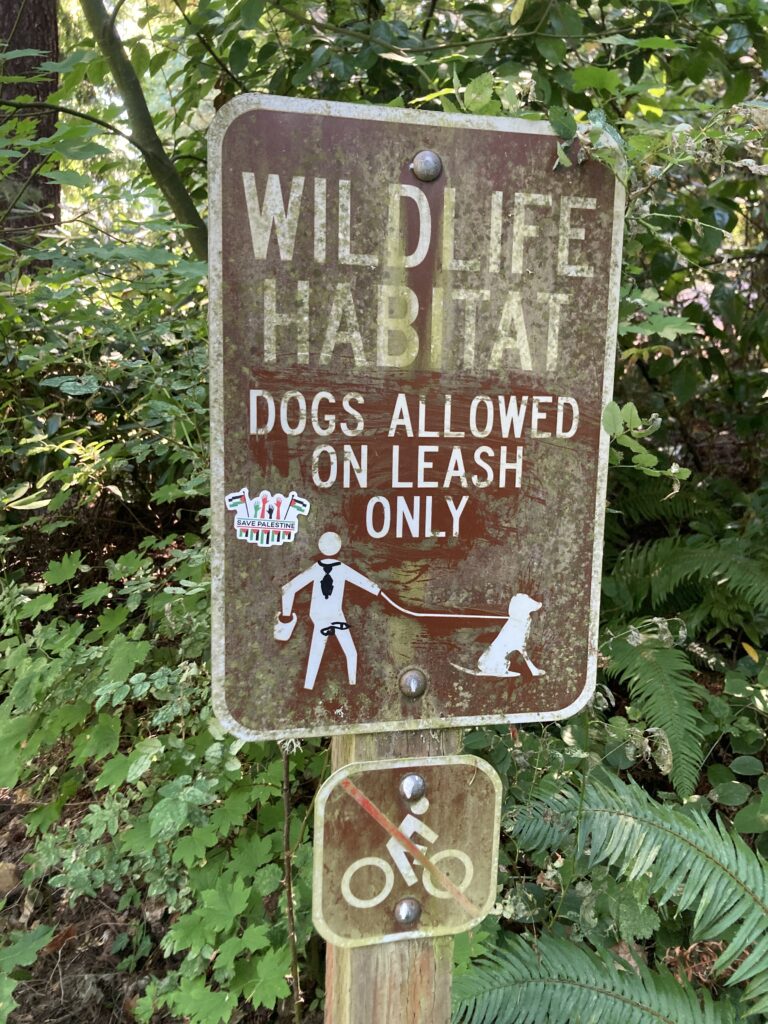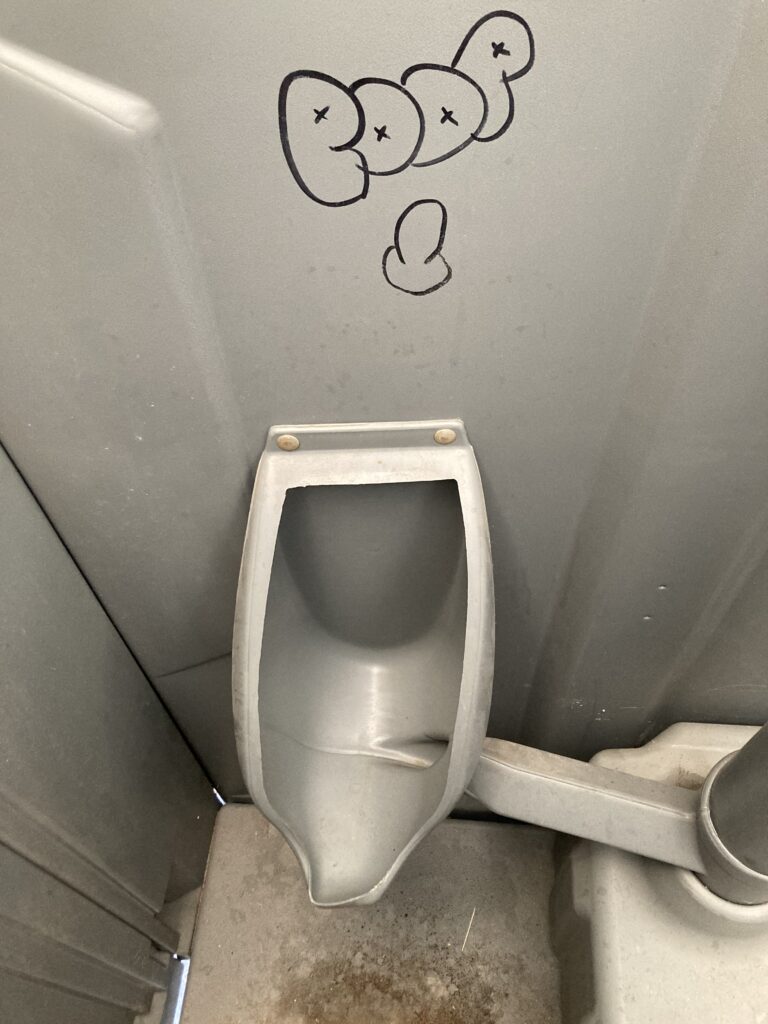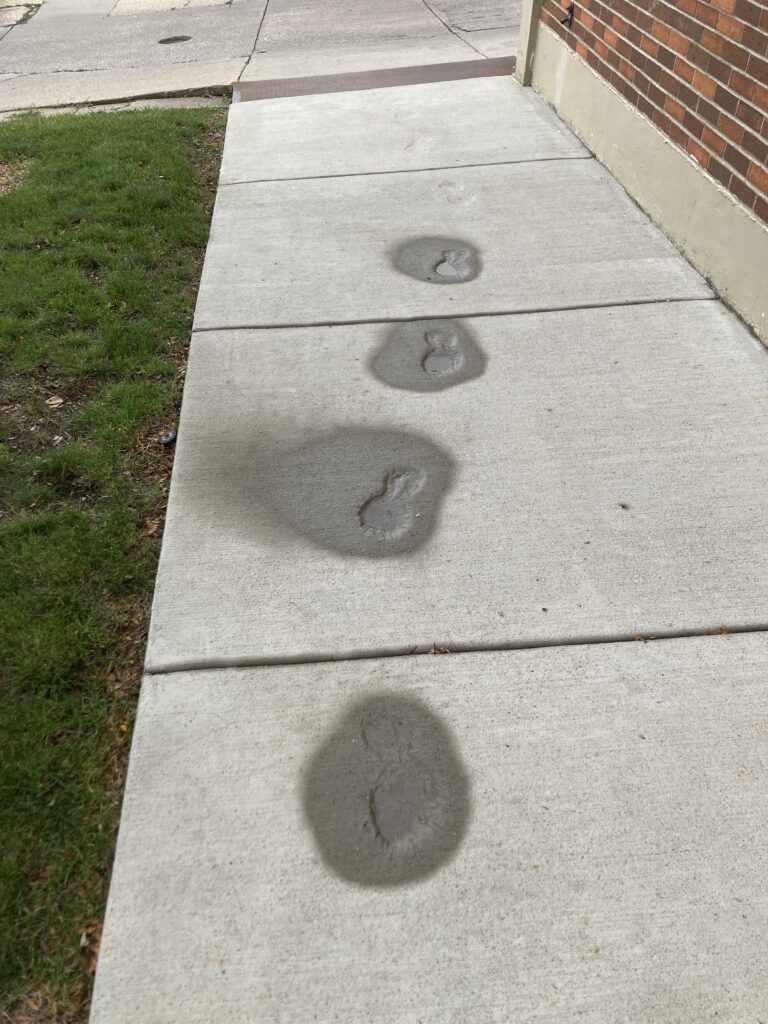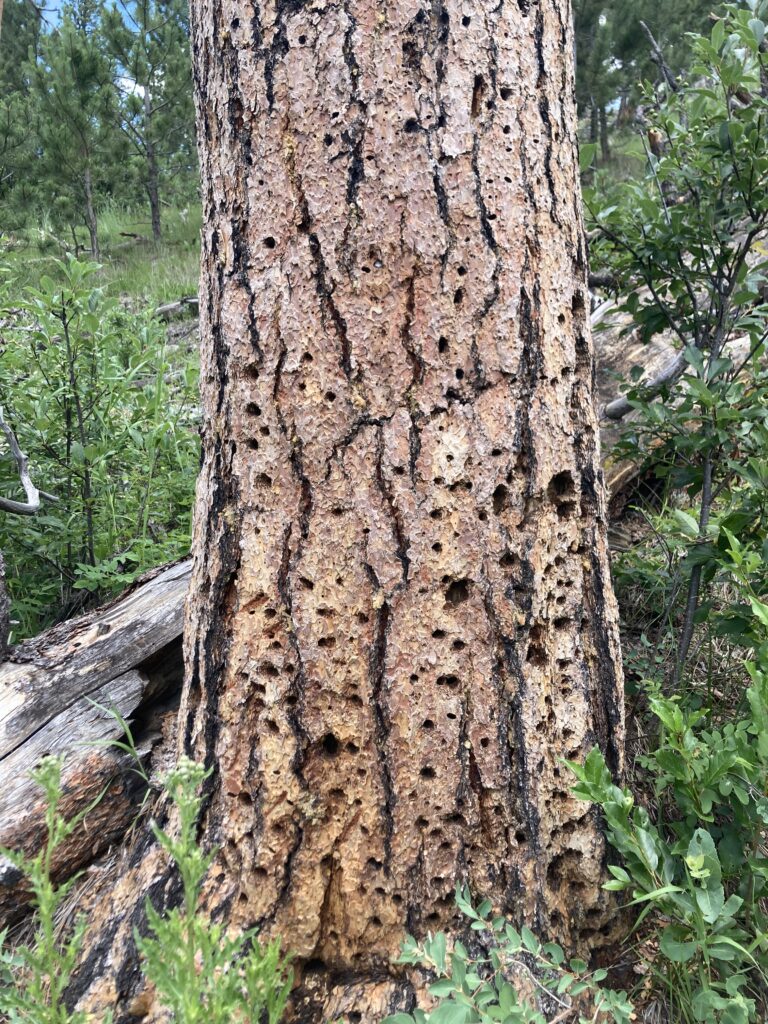Mister-EE
‘Among a gathering of low hills in southern Kansas, a traveler may begin to see signs for ‘The Mister-EE Spot,’ billed largely in the familiar shape of Wayside destinations that proclaim some inherent mystical property (pun intended). Notable about the signs is the sheer number of them and the state of their decay, which is not at all consistent but instead exists along a whole spectrum of general sunbleaching and woodrot. The signs age and fall apart without repair and new signs are posted in their place (or nearby). Photographic evidence suggests that new signs will sometimes give direction to ‘The Mister-EE Spot’ that are in direct opposition to those previously posted.
None of the signs tell the truth.
‘The Mister-EE Spot’ does not exist on any online map. Not reliably. There have attempts to pinpoint it and so ‘The Mister-EE Spot’ does sometimes appear as a destination and sometimes even as multiple destinations in the same vicinity. These best-guesses are normally removed within a few weeks when a quorum of frustrated users have contacted the map service, having failed to locate ‘The Mister-EE Spot’ or anything that looks like it might have once been anything like it. ‘The Mister-EE Spot’ has been marked ‘permanently closed’ several times but the signs keep coming.
Testomonials from those who claim to have found ‘The Mister-EE Spot’ offer some insight into what the place may be. Most describe it as a series of mundane but puzzling illusions, not unlike those cheezy attractions at the standard and more accessible mystery stop-off. A man appears shorter than his wife. Water runs up hill. A dog speaks. But there is no denouement at ‘The Mister-EE Spot.’ Visitors are given time to examine the exhibitions for tricks and have found none. It is a place of magic, they say- of mystery.
And they never find their way back.’
This is the closest I’ve gotten to ‘The Mister-EE Spot,’ I think. Four hours of missing time in Kansas. I emerge starving and half an inch shorter, wearing broken-in shoes I have never seen. A video clip on my phone appears to have been taken in the pocket of my jacket. I hear myself laughing, the way I do when I’m surprised. Somebody else nearby cheers and the video ends. My location at the time of the video was not logged. My phone is fully charged.
Not sure how to count this one.
-traveler





